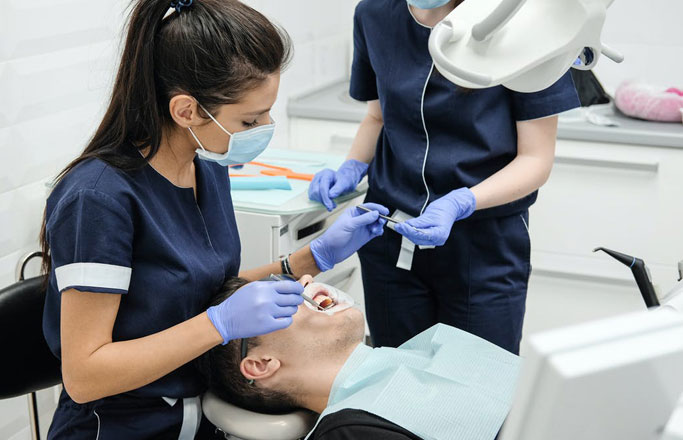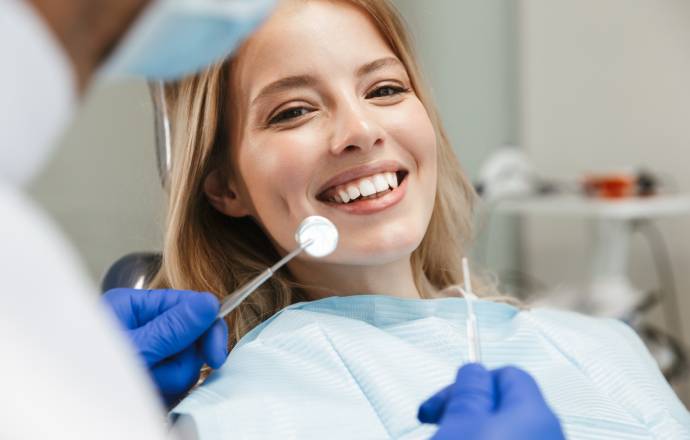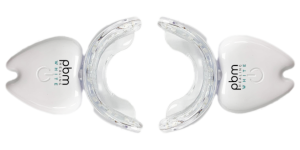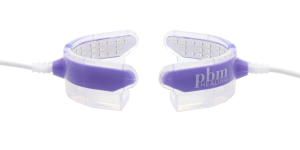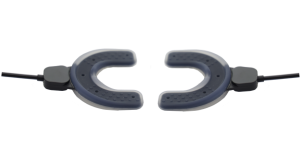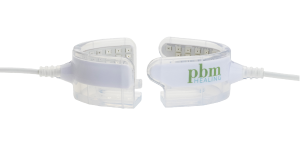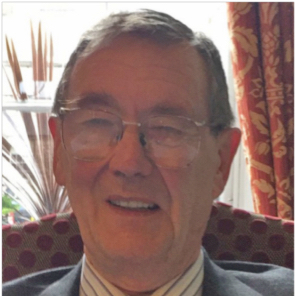
Dr Michael R Hamblin
Science and Research Advisor
Michael R Hamblin Ph.D. was a Principal Investigator at the Wellman Center for Photomedicine at Massachusetts General Hospital, an Associate Professor of Dermatology at Harvard Medical School for 25 years, and is now a Distinguished Visiting Professor at the University of Johannesburg, South Africa and affiliated faculty at Radiation Biology Research Center, Iran University of Medical Sciences, Tehran, Iran.
He gained his PhD in organic chemistry from Nottingham Trent University in England. His research interests include photodynamic therapy, photobiomodulation, drug delivery, nanomedicine, and tissue engineering. His research program was supported by NIH, CDMRP, USAFOSR and CIMIT.
He has published over 750 peer-reviewed articles, over 150 conference proceedings, book chapters and International abstracts and holds 10 patents. He is Editor-in-Chief of “Photobiomodulation, Photomedicine and Laser Surgery”, Associate Editor for 10 journals, on the editorial board of a further 60 journals. He has an h-factor 148 and > 88,000 citations. He has authored/edited 36 textbooks on PDT, photomedicine, and nanomedicine including 13 SPIE proceedings.
Dr Hamblin was elected as a Fellow of SPIE in 2011, received the 1st Endre Mester Lifetime Achievement Award from NAALT in 2017, the Outstanding Career Award from the Dose Response Society, the 1st Ali Javan award for Photobiomodulation Basic Science Research from WALT in 2018, and the Lifetime Achievement Award from European Medical Laser Association in 2022.

